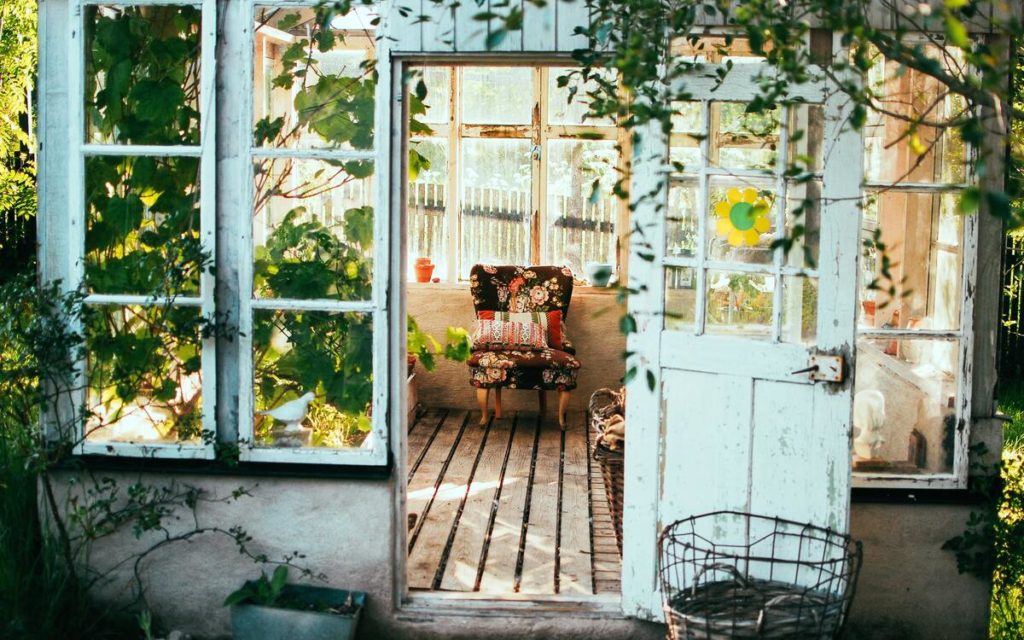Green homes are becoming increasingly popular as people become more aware of their benefits. Some of the main advantages of green homes include saving energy, improving indoor air quality, and reducing your carbon footprint.
Green homes often improve indoor air quality by using materials that do not off-gas chemicals. Indoor air quality is a growing concern as people become more aware of the dangers of breathing polluted air. According to the EPA, indoor air can be two to five times more polluted than outdoor air.
These kinds of homes also save energy by being more efficient. For example, green homes are built to be airtight, using less energy to heat. Moreover, using green energy sources such as solar energy drastically reduces your electrical bills.
Lastly, and the most overlooked benefit is that green homes cost more into the market. So if you’re looking for a good investment, transitioning to a green home is a great option.
When transitioning to a green home, you might not know where to start. Don’t worry. We got you covered. Here’s how you can transition to a green home in no time.
Upgrade Appliances
One of the best ways to make your home green is to upgrade your appliances. Look for energy-efficient models that are certified by Energy Star. These appliances use less energy, saving you money on your utility bills and helping reduce your carbon footprint.
Appliances that are old tend to use more electricity than ever. This is predominant among many HVAC models. HVAC models that aren’t the inverter type tend to use two to three times the power of an inverter type. If your home is still running off these types of models, you should consider changing them when you can.
Replace Bulbs
Another easy way to make your home green is to replace your light bulbs with CFL or LED bulbs. These bulbs use significantly less energy than traditional incandescent bulbs and last much longer. For example, CFLs can last ten times longer than conventional light bulbs.
Use Smart Devices
Smart devices are the way into the future. They are also the way into a greener and brighter home. There are many smart devices in the market right now. These are devices that can be controlled remotely with your smartphone or computer.
Smart devices can help you save energy and money. For example, you can set your air conditioner to turn off when you’re not home or program your fridge only to run when there is a power outage.
You can also install smart thermostats, saving up to 30% on your energy bill. Smart thermostats are programmed to automatically adjust the temperature in your home based on whether anyone is home. This ensures that you’re not wasting energy when no one is home to enjoy the comfortable temperature.
Invest in Green Building Materials
When constructing or renovating a home, using green building materials is a great way to make it more eco-friendly. Look for materials that are made from recycled or sustainable materials.
Common green building materials include bamboo, cork, straw bale, and clay. These materials are all environmentally friendly and often result in homes that are healthier to live in.
If you’re not sure where to start when looking for green building materials, many resources are available online. You can also check with your local home improvement store to see what green building materials they offer.
Make a Sustainable Garden

Having a garden is a great way to be more self-sufficient and reduce your carbon footprint. Consider starting a garden that uses sustainable gardening practices if you have the space.
Sustainable gardening is all about using methods that are gentle on the environment. This includes using natural pest control methods, composting, and rainwater to irrigate your plants.
You can also use native plants in your garden. Native plants are those that are naturally found in your area. They don’t need as much water or fertilizer to thrive, which makes them more environmentally friendly. However, ensure that you install a patio covering on top of more sunlight fragile plants. You don’t want them to get too much sunlight.
Change to Renewable Energy
If you’re looking for a more drastic way to make your home green, consider installing solar panels. Solar panels allow you to generate electricity from the sun and reduce your reliance on the grid. Not only are they great for the environment, but they can also save you money on your energy bill.
Another option for renewable energy is to install a wind turbine. Wind turbines generate electricity from the wind and can be used to power your home or business.
Making the switch to renewable energy is a big decision, but it’s one that can have a major impact on the environment. If you’re not ready to make the switch to renewable energy, there are other ways to make your home green.
Making your home green doesn’t have to be difficult. There are many small changes you can make that will have a significant impact. By following these tips, you’ll be on your way to a more sustainable and eco-friendly home.


